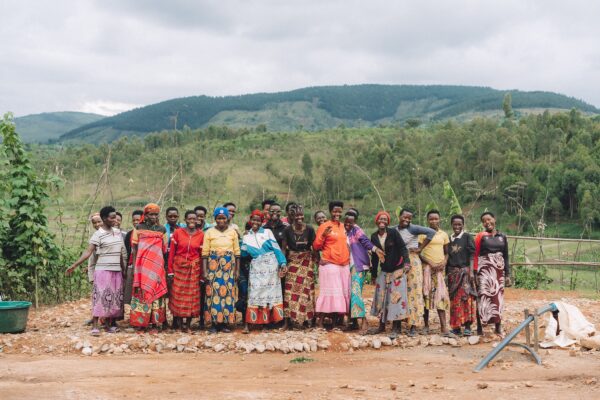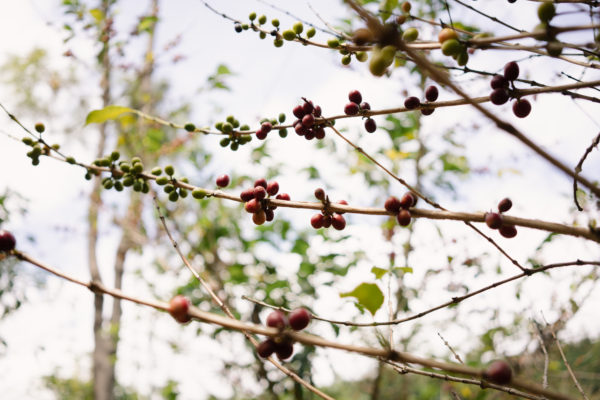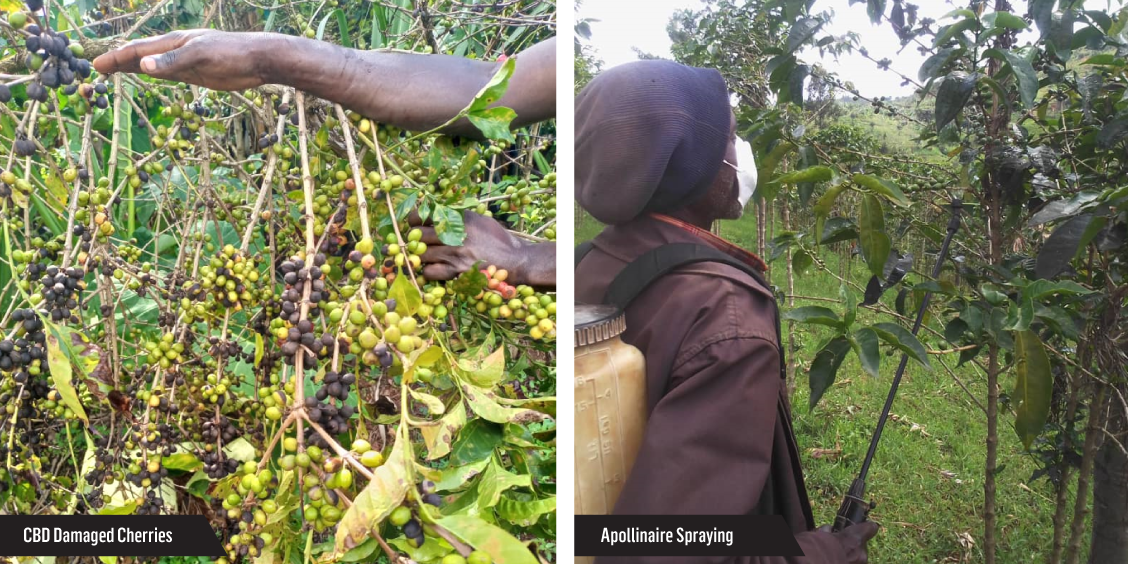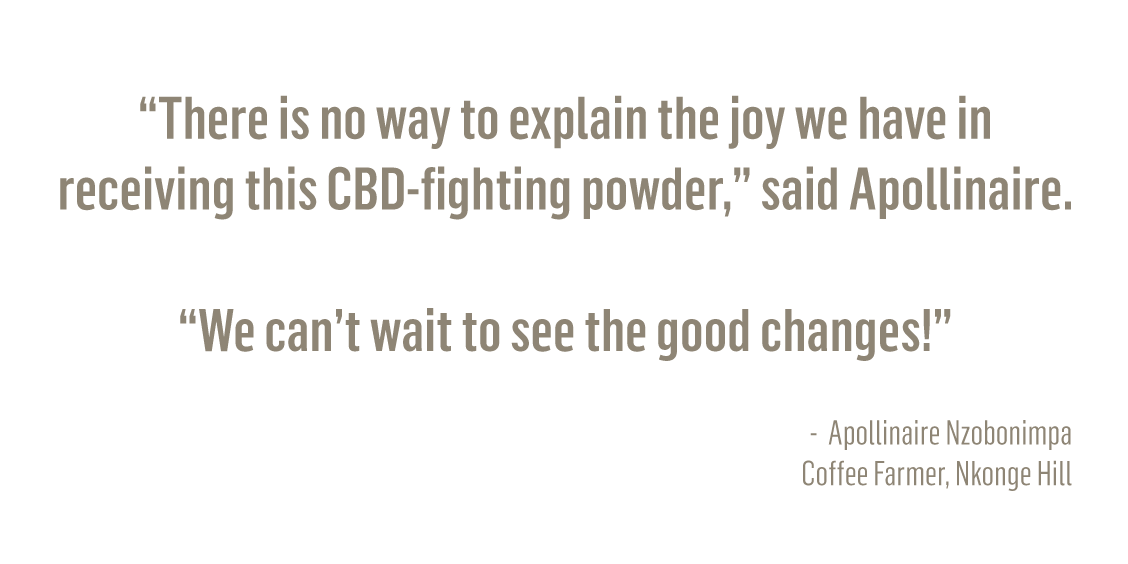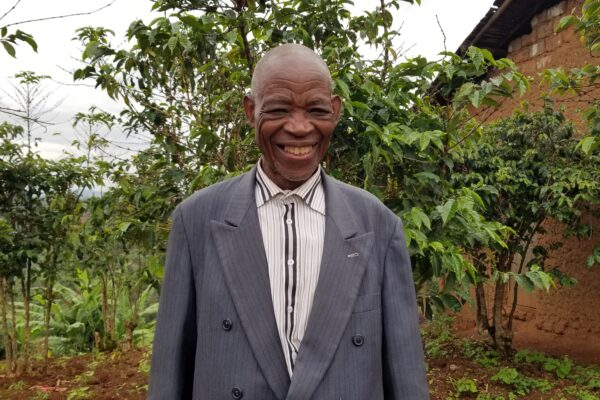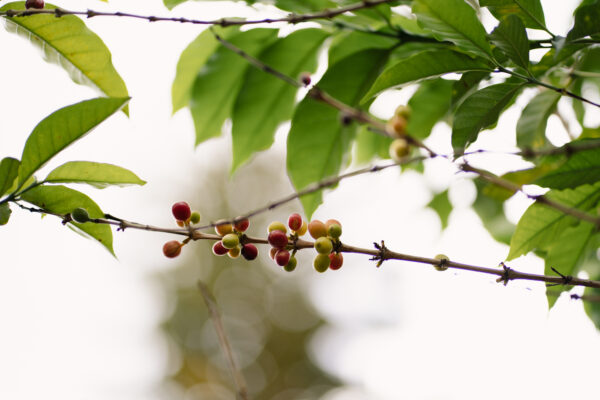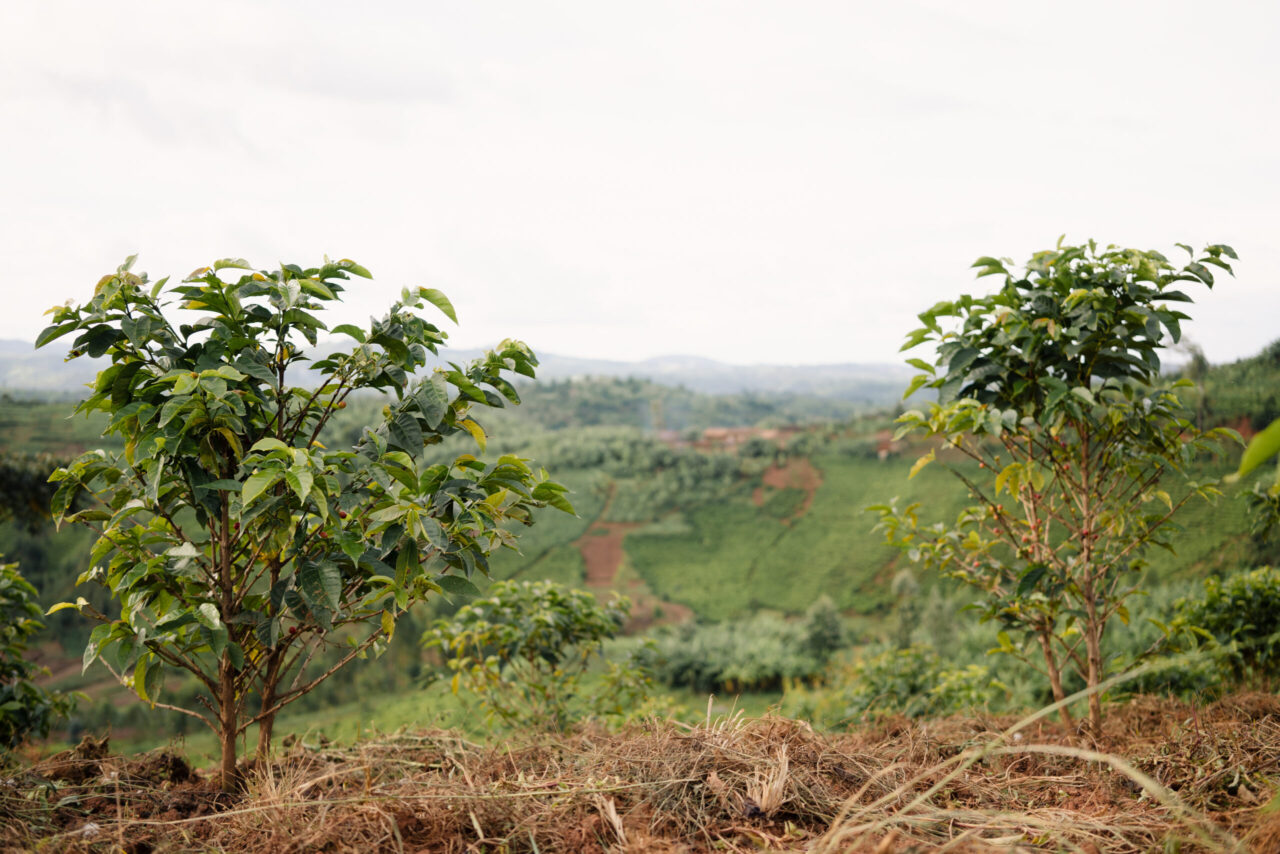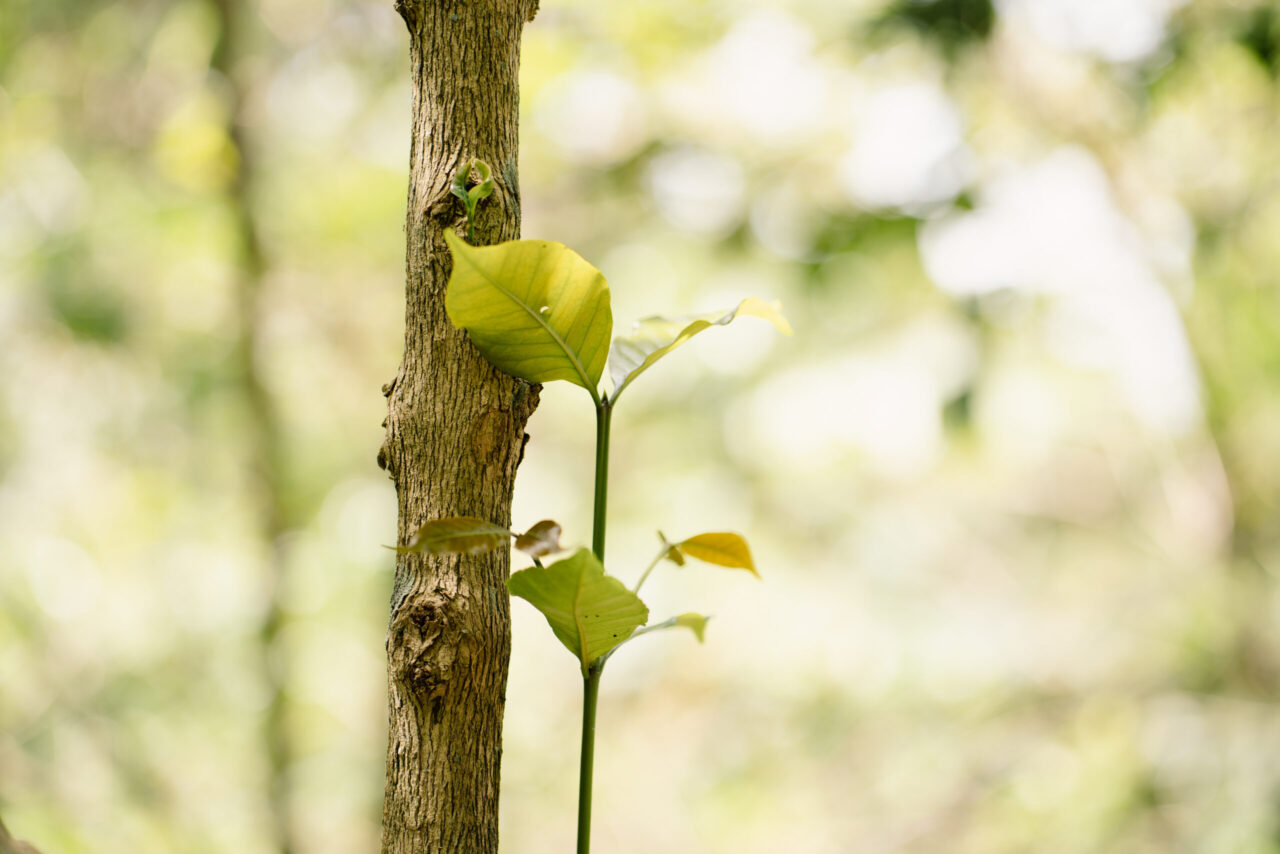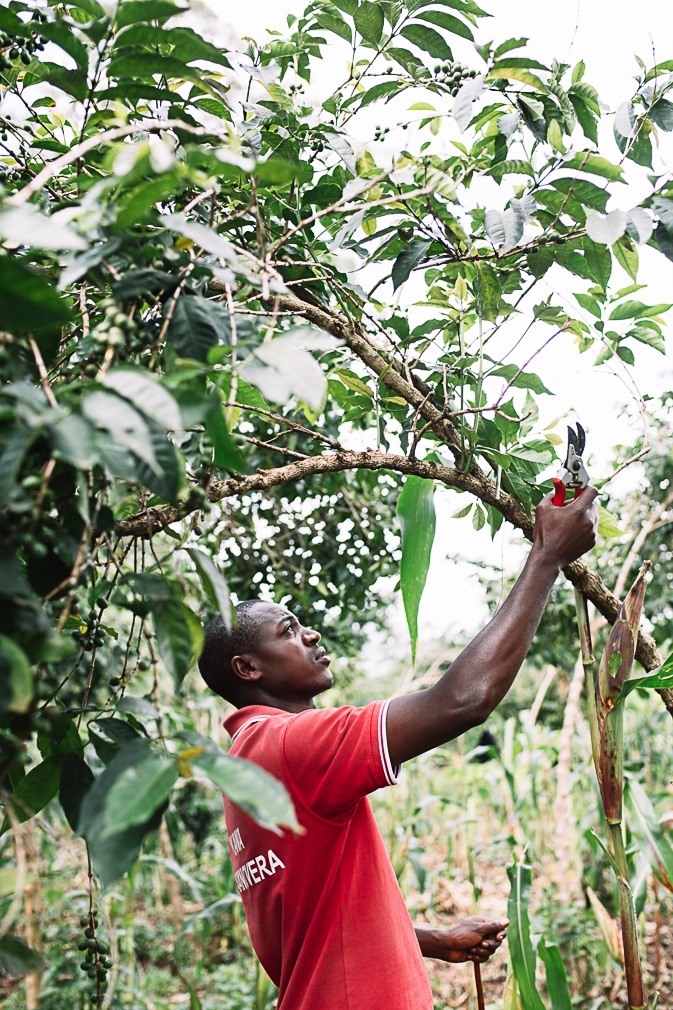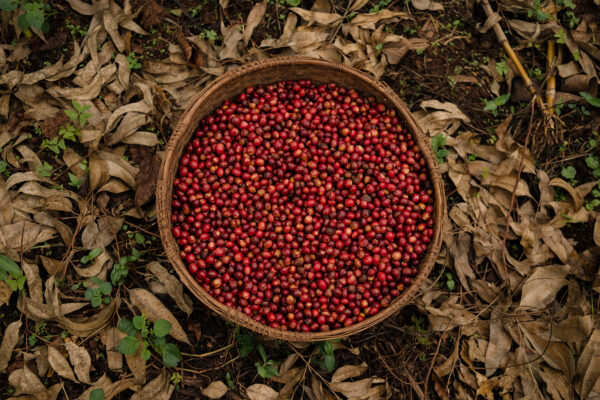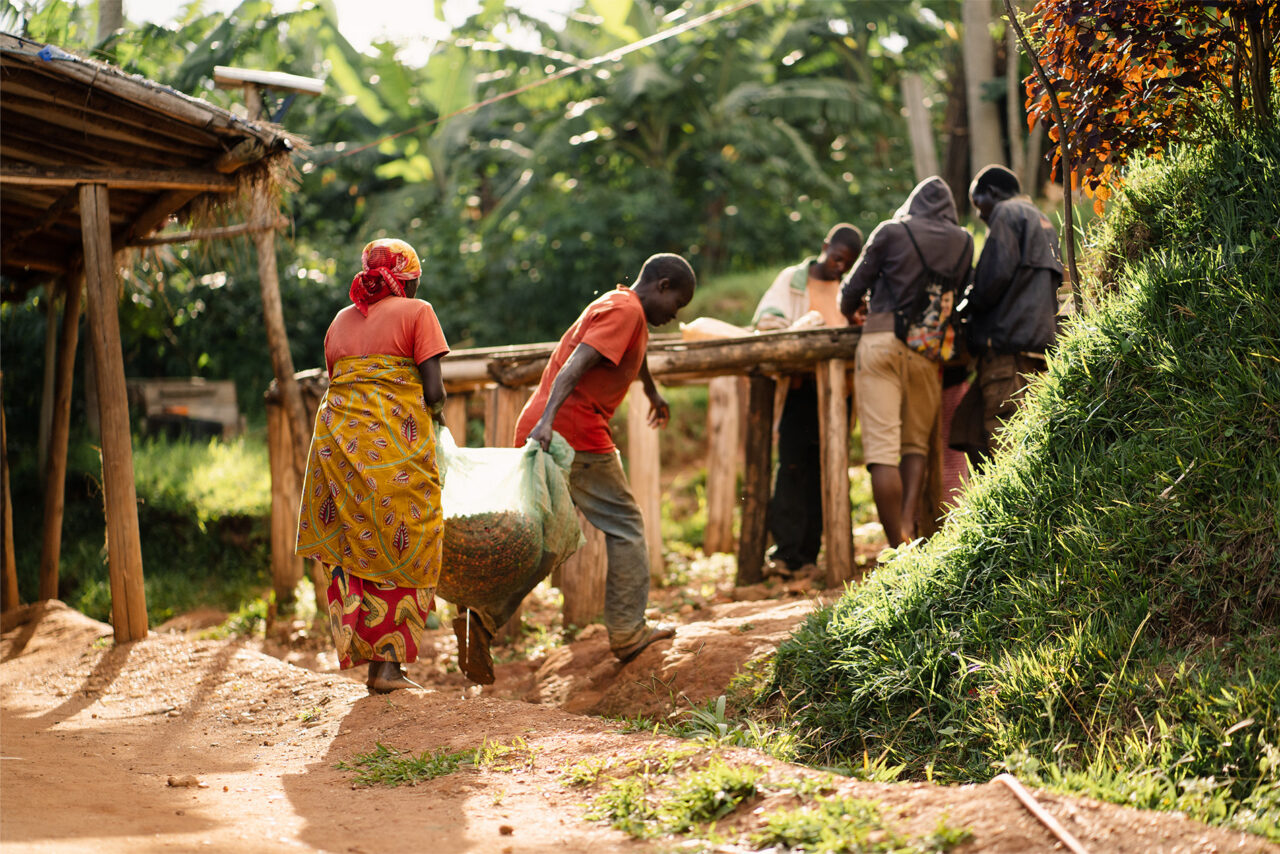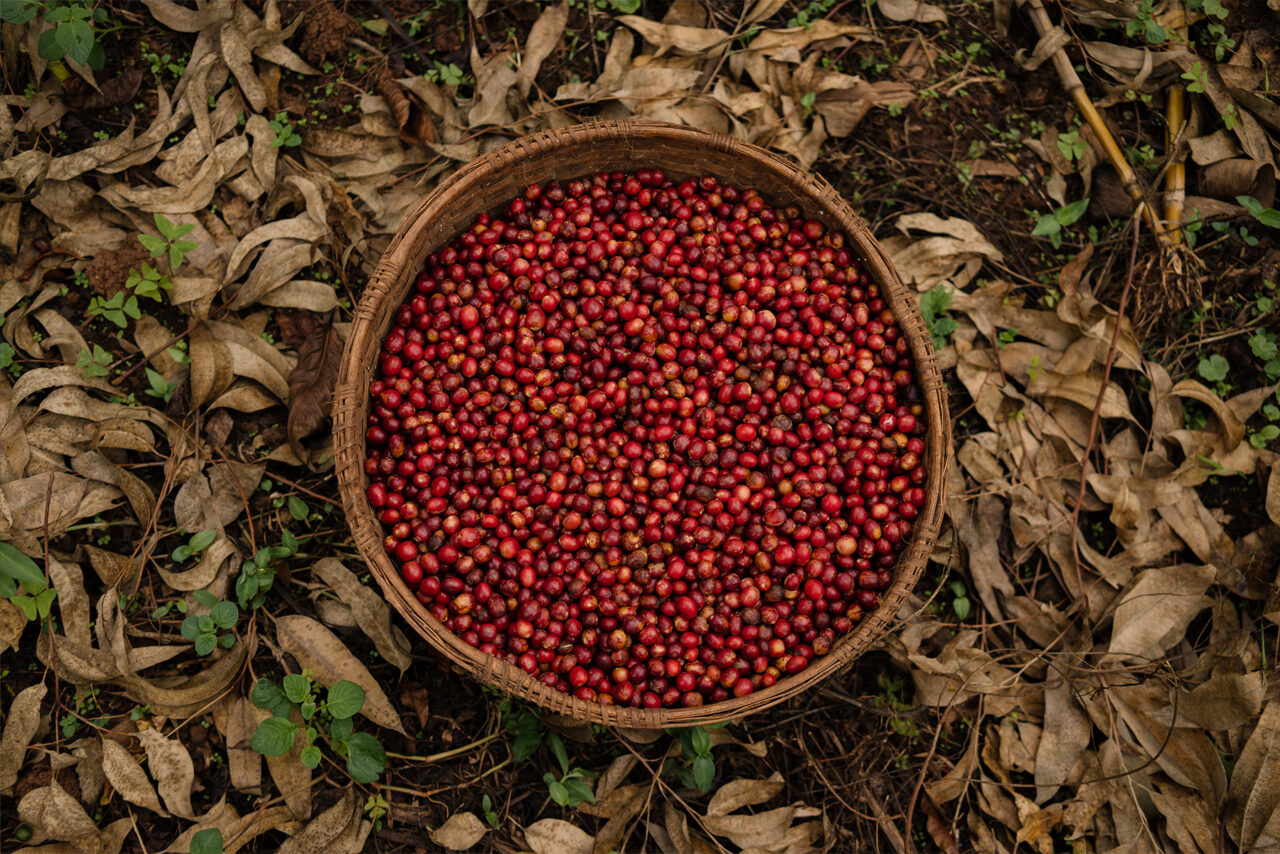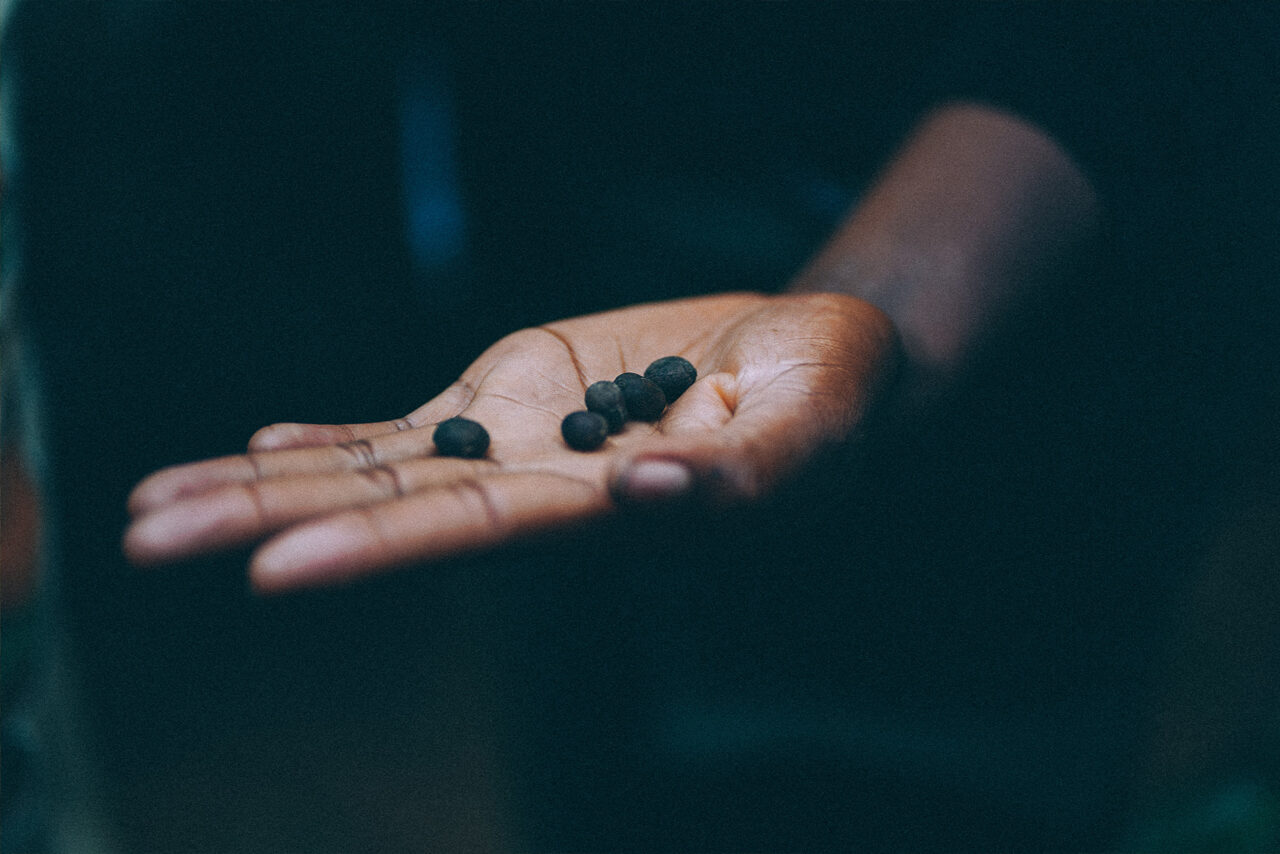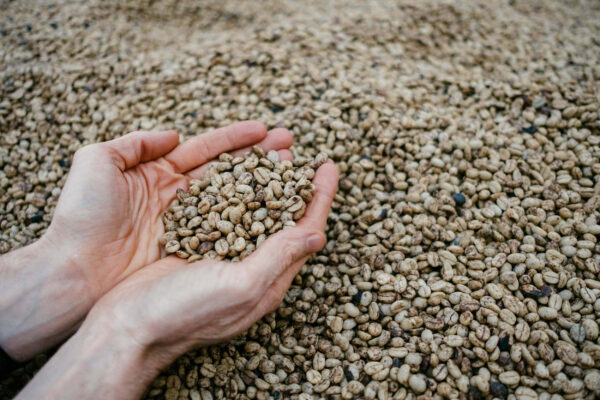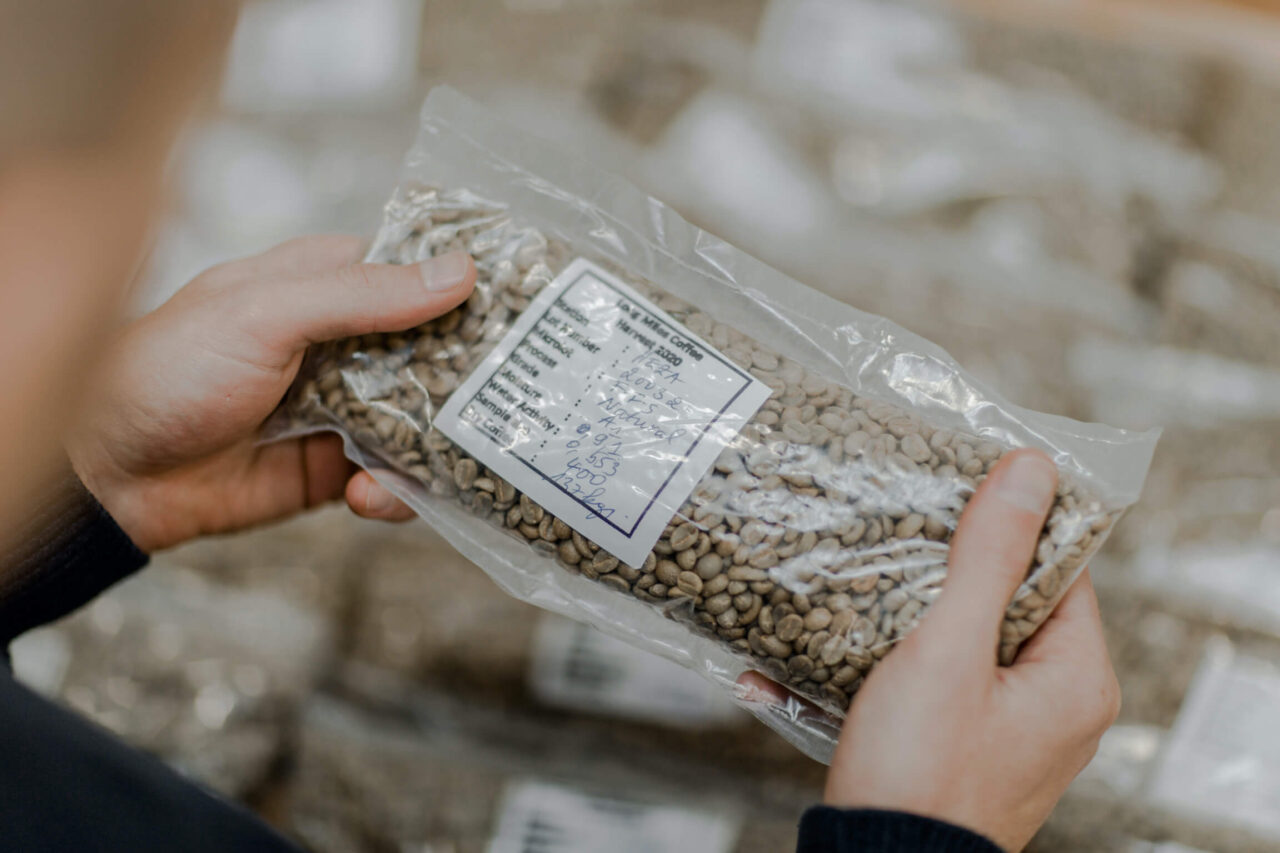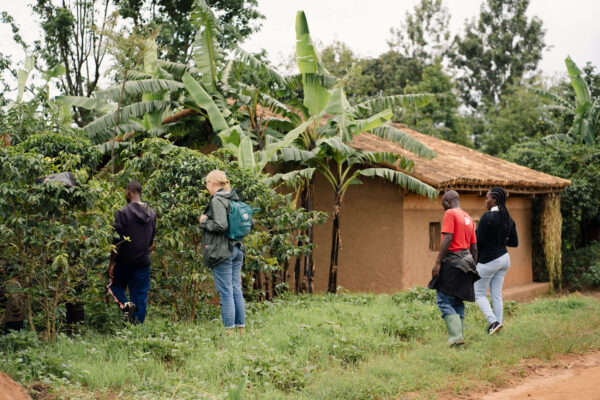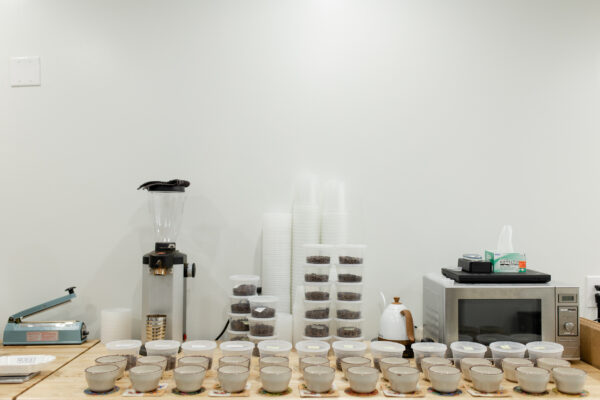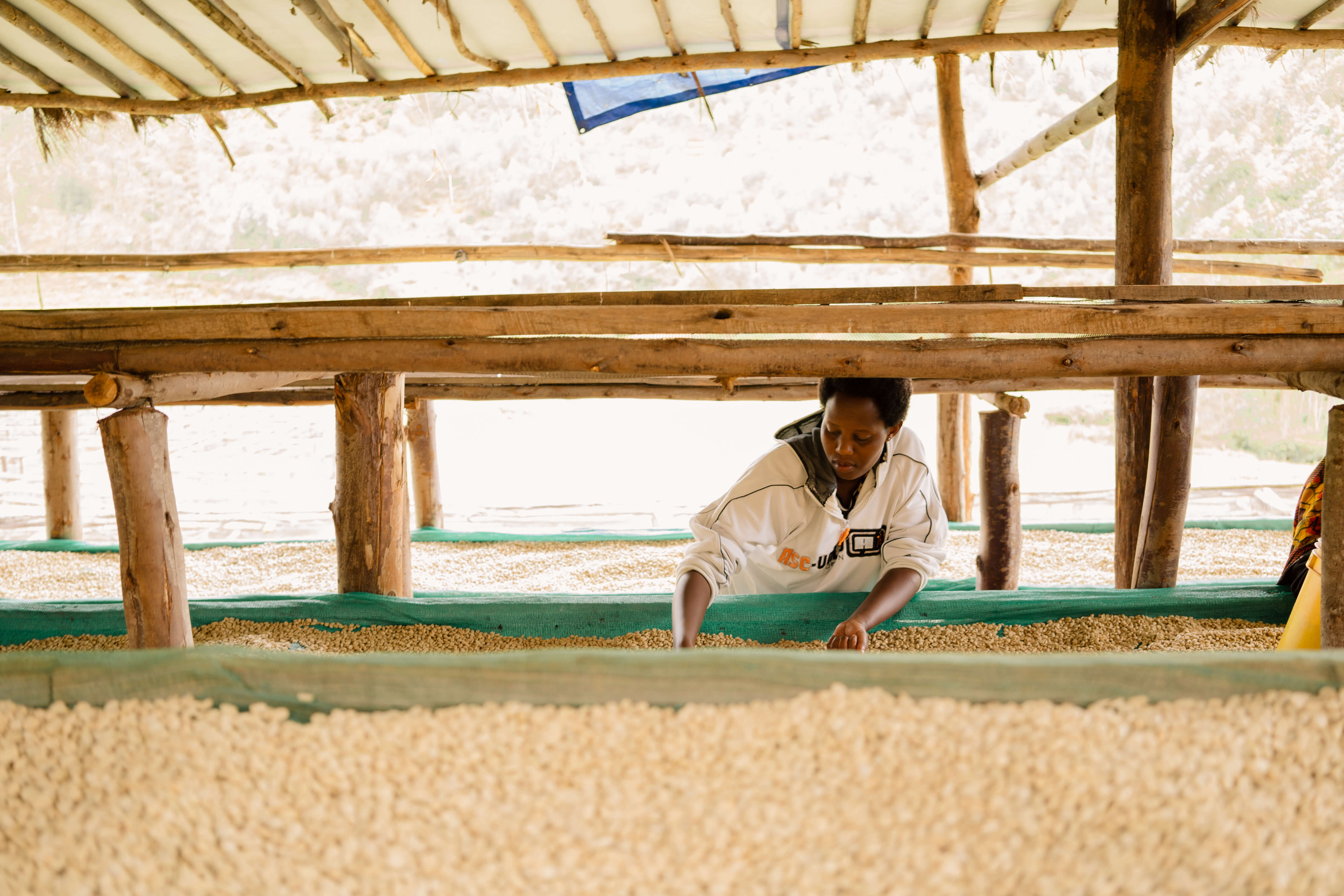Written by Robyn-Leigh van Laren, Story Manager at Long Miles Coffee.

For decades, farming coffee has been considered as a “man’s job”. This is not just the case in Burundi, but the world over. According to the most recent data collected by the World Bank, women make up just over half of Burundi’s population. Some sources say that women make up more than half of the country’s agricultural labor force.
But, any number or statistic without context can be misleading. We could list the number of women that we work with, but what would that number mean in a greater context? It certainly wouldn’t be representative of the global coffee industry, let alone the coffee industry in Burundi. Women are without a doubt significant contributors to the coffee sector in Burundi, but are underrepresented in leadership, decision and policy-making roles.

“In the rural parts of Burundi, women are working more than men. You can often see the men, but the women are hidden from view while managing many other tasks.” – Joy Mavugo
Women in Burundi work a multitude of jobs. One could go as far to say that they have a disproportionate number of roles and responsibilities. Generally, women who are producing coffee are also managing households, raising children, growing and harvesting subsistence crops to either cook or sell at the local market. Some of these women are also taking up seasonal jobs at the coffee washing stations adjacent to their homes where they typically hand-pick coffee to make ends meet- a key but labor-intensive role that has a profound impact on coffee quality.
Not all women in agriculture feel empowered to take up the jobs that men tend to do. Even if they do feel empowered, there is no guarantee that they will be compensated at the same rate as men for their labor. Many people believe that women in coffee should be paid less because their labor is generally less intensive than men.

“Where are the women?”
When we hold meetings with our partnering coffee farmers, more men tend to gather than women. Why is that? Women are often busy with other farm work or household tasks. I would often look around at these meetings and ask, “Where are the women?” People would look up and chuckle at me, the mzungu who can’t wrap her head around the complexities of gender roles in Burundi. From what I’ve come to understand is that women aren’t always intentionally excluded but their often unaccounted for labor will mostly be laughed off because that’s how it’s always been.
Why are we doing this? It was one of the first questions that I wrote down when thinking of running a series celebrating women in coffee. When I asked my colleague Joy Mavugo this question, her response was, “You know, if we were doing a series on men in coffee, we wouldn’t stop to think about this question.”
“If we were doing a series on men in coffee, we wouldn’t stop to think about this.”
Her words stuck with me for weeks. Ironically, I couldn’t stop thinking about it, which is why we’ll be sharing and celebrating the stories of incredible women working in coffee over the next couple of weeks.
